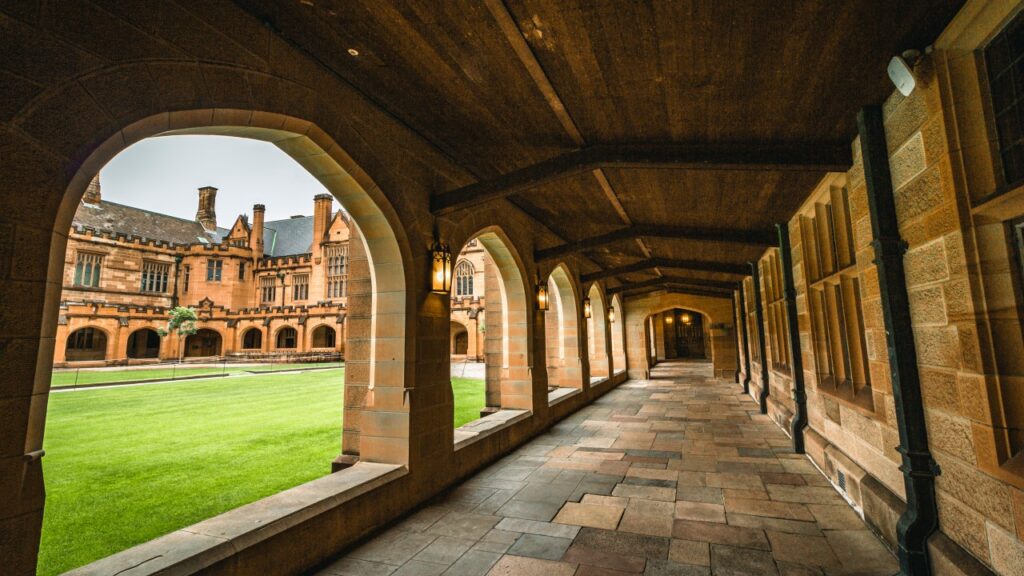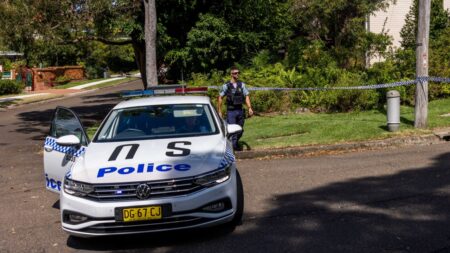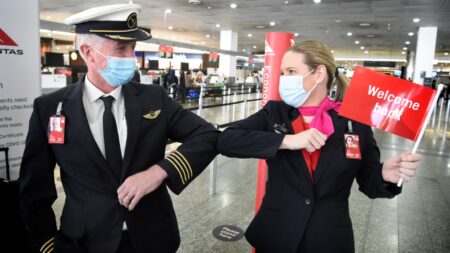Legionnaire’s disease has been detected at various locations in Camperdown, including the campus of the University of Sydney.
NSW Health have alerted the public to monitor for symptoms if they have visited the university and other areas near Victoria Park.
Two men in their 60s and a woman in her 70s have been diagnosed with the disease having visited certain locations independently.
All three have been hospitalised but have since been released.
Sydney Local Health District Deputy Clinical Director Public Health Dr Isabel Hess said people are exposed to the disease through contaminated water particles from air-conditioning units.
“Legionnaires’ disease is not spread from person to person. Symptoms of Legionnaires’ disease can develop up to 10 days from the time of exposure to contaminated water particles in the air and include fever, chills, a cough and shortness of breath and may lead to severe chest infections such as pneumonia,” Dr Hess said.
“People who develop this disease are diagnosed by a urine or sputum test and chest X-ray and often require antibiotic treatment in hospital. Those most at risk are people with underlying lung or other serious health conditions and people who smoke.”
NSW Health have instructed the cooling towers in the area to be disinfected and cleaned to prevent further infections.
Testing has confirmed one tower at the Camperdown campus of the University of Sydney returned a positive result for legionella bacteria.
The cooling tower has since been decontaminated.
“Routine monthly testing of cooling towers allows the early identification of contaminated towers and allows for prompt additional cleaning and corrective actions,” a NSW Health statement said.
“Building owners must ensure that their cooling towers are operated and maintained in compliance with the NSW Public Health Regulation 2022.”
NSW Health have urged people who are feeling unwell or have developed symptoms to seek medical assistance.
Read the full article here











